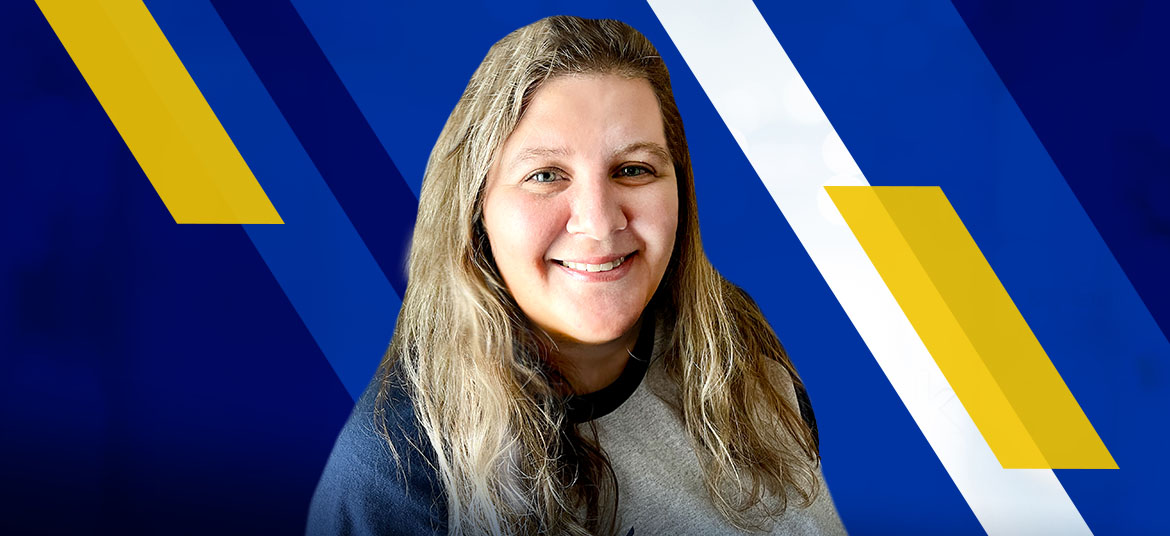
A Home Dialysis Nurse’s View on the Evolution of Patient Care
When Amanda Northrop, RN, first applied for a role as a home dialysis nurse for Fresenius Kidney Care 19 years ago, she admits she didn’t really know what peritoneal dialysis (PD) was. She was only looking for a nursing position with daytime shifts after her first daughter was born. “I was willing to give it a try, and from there I fell in love,” she says.
The Changing World of Kidney Care
Nearly two decades later, Northrop has four children, her oldest daughter is now 18, and she has advanced to home therapies coordinator for the St. Louis area. She’s seen the industry change over the course of her career, noting that when she began working as a home dialysis nurse, home hemodialysis (HHD) was not widely available. Most of her patients were on PD, while she now sees a mix of patients on HHD and PD.
That increase in HHD availability is largely due to the introduction of innovative technologies that make HHD viable for more people, such as the NxStage® System One™. NxStage Systems are revolutionary HHD devices that are lightweight and portable — and make HHD a viable option for more people with end stage renal disease (ESRD). They allow for more frequent dialyzing and the ability to travel through advanced coordination. To travel, patients can schedule supplies deliveries to their destinations in advance and bring their portable HHD machine with them. Northrop’s patients have traveled all over the world, and one patient sent supplies directly to a cruise ship.
Another advancement Northrop notes is the ability to monitor patients on home dialysis more precisely. Patients used to take their own vitals manually and then enter that information in a log, which they would bring to checkups with their nurses. Those records weren’t always accurate.
“You would get the patient’s records and it would show the exact same blood pressure for three weeks and you knew it wasn’t correct,” Northrop recalls. Today, patients on home dialysis can track their vitals remotely, and their care teams can review them prior to each visit. These records provide valuable insights to nurses like Northrop, who use them to help monitor patients’ health and progress.
Technology isn’t the only change to home dialysis Northrop has seen. Training requirements for home dialysis nurses have also evolved. When she began at Fresenius Kidney Care, Northrop completed a company training class then dove into working with home dialysis patients. Today, nephrology nurses have enhanced requirements to work in home dialysis so they can provide top-notch care.
Even with the exciting advancements she’s seen over her 19-year career at Fresenius Kidney Care, Northrop says the core principles of nursing and treating people on home dialysis are the same, and the focus remains delivering superior patient care.
Finding Joy in Supporting Patients
Part of what Northrop enjoys most about working in home dialysis is the continuity of care with patients and the relationships built. Patients on home dialysis regularly come into the center, where Northrop can review their vitals, draw necessary labs, and review essential education to help them better manage their condition and get the most out of treatments. This continued care allows Northrop to watch patients’ progress.
“Patients often come to you sick and not feeling well,” Northrop explains. “You work with them and get to know them, and then you start to see them be successful at home. Usually within a couple of weeks, they start feeling better and then thrive as they return to the activities that they enjoy.”
Northrop is a proponent of home dialysis, noting that many patients who dialyze more frequently continue to work, travel, and maintain their interests. She says in-center dialysis is similar to a “part-time job,” with most patients requiring four-hour treatments three times a week. People on home dialysis, on the other hand, may spend the same total time dialyzing, but they’re doing it at home and as it fits into their schedules. With the support of their doctor and care partner, some people may even dialyze at night while they sleep.
Working with people on dialysis has inspired Northrop throughout her career. She recalls, “I had a patient who was completely blind, and to watch her motivation and determination, and to follow her journey to actually be able to successfully do PD without being able to see and no care partners — I mean that was pretty amazing.”
If you are interested in joining Amanda and our team, visit jobs.fmcna.com to search opportunities.


